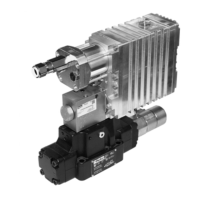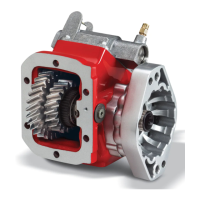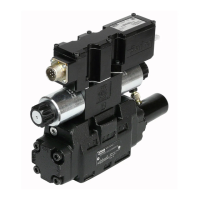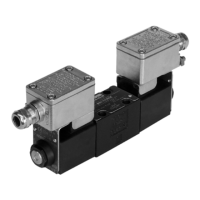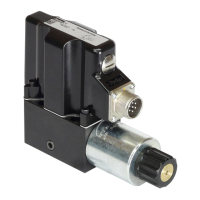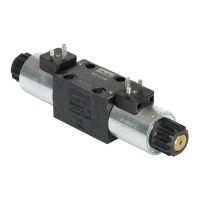10.7.2. Variable Resistance
Variable resistance sensors change impedance to represent it's measured value,
and are compatible with analog inputs.
Variable resistance sensors are typically used in thermal and pressure
applications. They work by changing the voltage reading on the sensor according
to changes in pressure or temperature in the application.
The VMM2404 cannot measure resistance directly.
To make the VMM2404 measure resistance accurately, do the following:
Include a precision pull-up resistor between the sensor and the sensor power
output (called SENSOR_SUPPLY).
Ensure the value of the precision resistor allows the maximum possible
resolution for the sensor's input.
Dimension the precision resistor to get the maximum voltage range from the
sensor.
Note: Variable resistance sensor accuracy may suffer at the extremes of the
sensor's range. A tolerance analysis should be performed to ensure
measurement accuracy is acceptable for your application.
The following shows a typical variable resistance sensor connection:
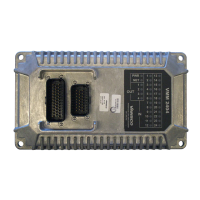
